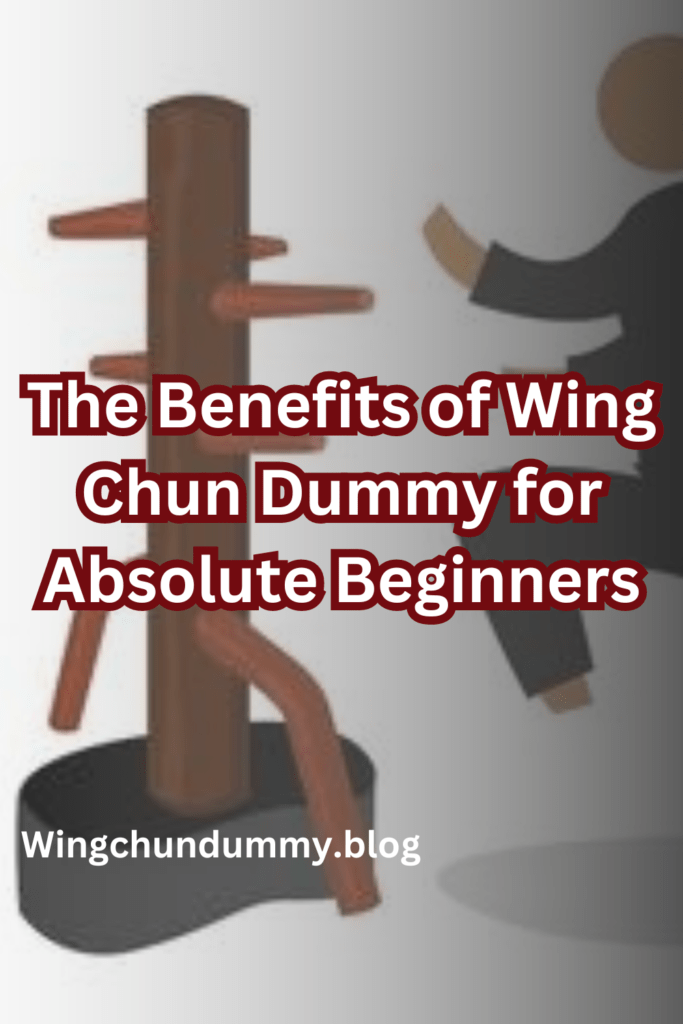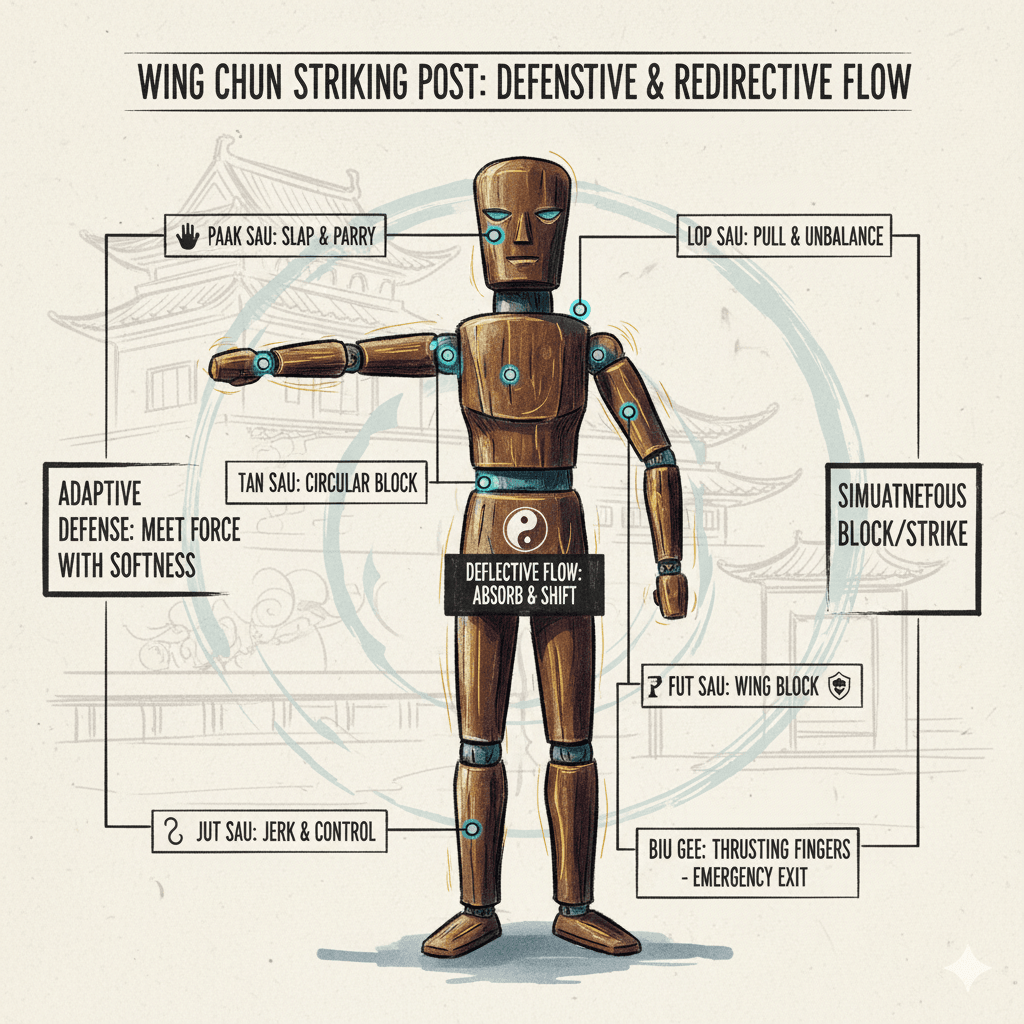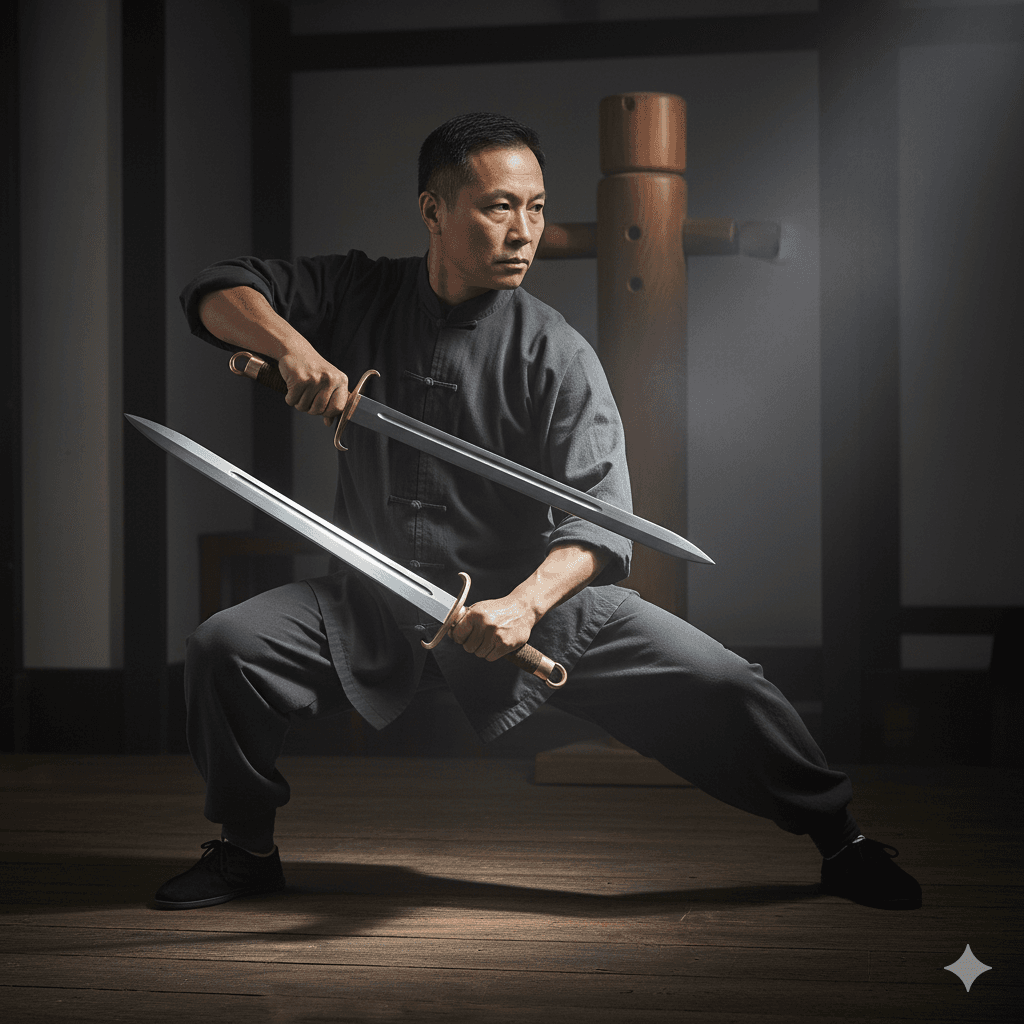For beginners who are just starting their journey into the world of Wing Chun, understanding the purpose and significance of the Wing Chun dummy is essential.
In this guide, we will explore the various purposes of Wing Chun dummy and its role in training.
What is Wing Chun?
Wing Chun is a traditional Chinese martial art that focuses on practical self-defense techniques and efficient movements.
It is known for its simplicity, directness, and effectiveness in close-quarters combat.
Wing Chun practitioners aim to overcome larger and stronger opponents by using techniques that leverage speed, sensitivity, and proper body mechanics.
The Wing Chun Dummy: An Overview
The Wing Chun dummy, also known as the “Muk Yan Jong” in Cantonese, is a wooden training tool that plays a crucial role in the practice and development of Wing Chun skills.
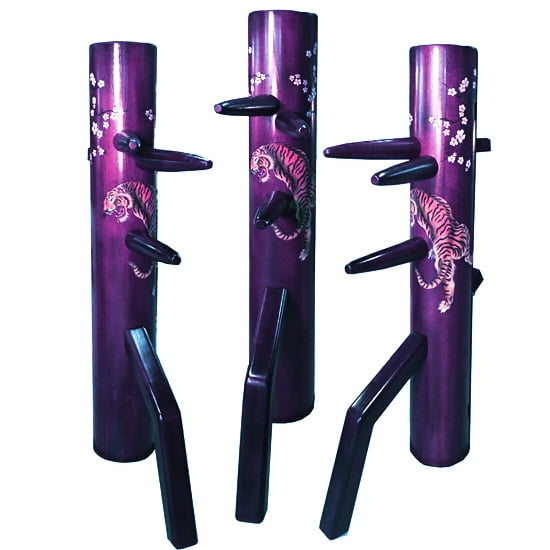
It consists of a wooden body with three arms and a leg, designed to simulate an opponent’s limbs.
Purpose of the Wing Chun Dummy
The Wing Chun dummy serves several purposes in the training of Wing Chun practitioners:
1. Form and Technique Refinement
The dummy provides a stationary target for practitioners to practice their forms and techniques.
It helps develop precision, accuracy, and proper body alignment.
By repeatedly performing techniques on the dummy, practitioners can refine their movements and ensure they are executing them correctly.
2. Sensitivity and Timing
The dummy’s arms and leg are positioned in specific angles and heights, challenging practitioners to develop sensitivity and timing in their strikes and defenses.

By repeatedly practicing on the dummy, practitioners enhance their ability to read an opponent’s movements and respond accordingly.
3. Power Generation
The dummy’s sturdy structure allows practitioners to practice striking with power and control.
By applying force to the dummy, practitioners learn how to generate power from their stances, hips, and core muscles.
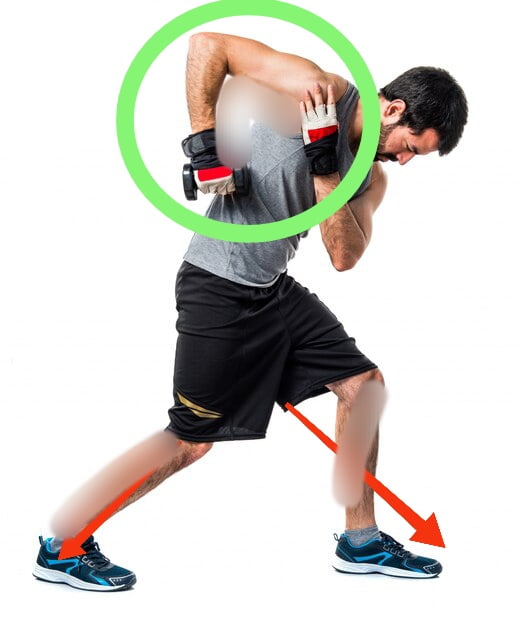
This training helps develop the ability to deliver powerful strikes while maintaining stability and balance.
4. Energy Flow and Structure
Wing Chun emphasizes the concept of “centerline” and the efficient flow of energy through the body.
The dummy training helps practitioners develop a solid structure and understand how to maintain proper alignment while executing techniques.
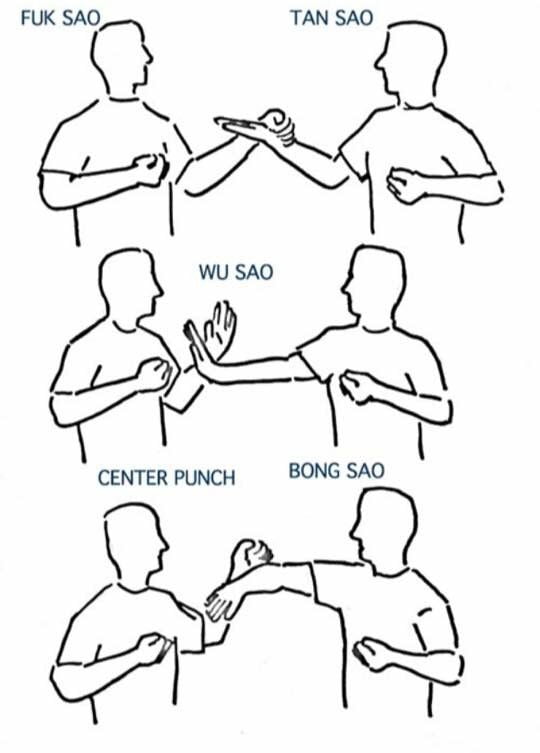
This enhances the effectiveness and efficiency of their movements.
5. Bridging the Gap
The Wing Chun dummy provides a bridge between practicing techniques in the air and applying them in real-life combat situations.
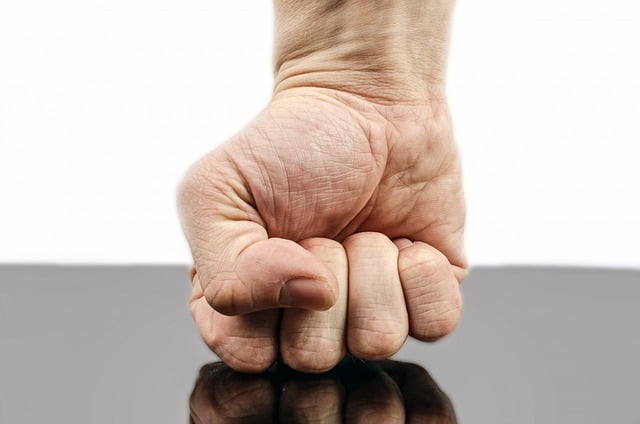
It helps practitioners develop muscle memory and familiarity with executing techniques against a solid object, preparing them for actual combat scenarios.
Supplementing Dummy Training
While the Wing Chun dummy is an invaluable training tool, it is important to note that it should be used in conjunction with other training methods.
Sparring, Chi Sao (sticky hands), and footwork drills are essential components of Wing Chun training that complement the skills developed through dummy training.
Conclusion
The Wing Chun dummy is a fundamental training tool in the practice of Wing Chun.
Its purpose extends beyond mere physical conditioning, as it helps refine techniques, develop sensitivity, generate power, and bridge the gap between training and real-life combat.
Incorporating dummy training into your Wing Chun practice can significantly enhance your skills and understanding of this effective martial art.

